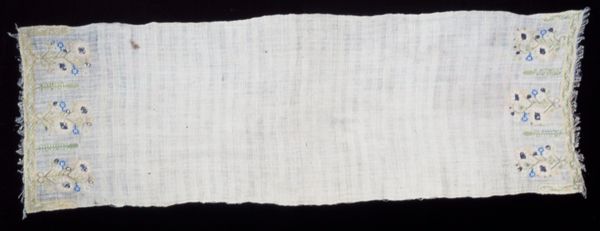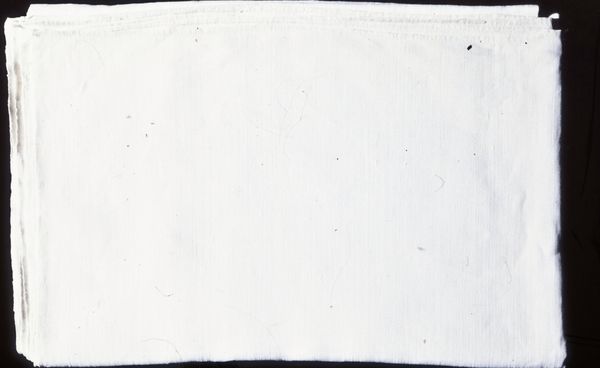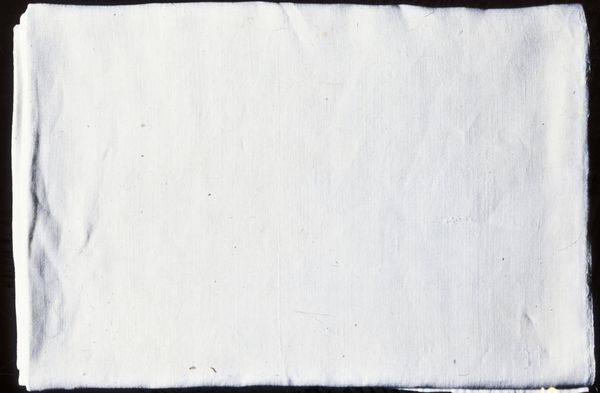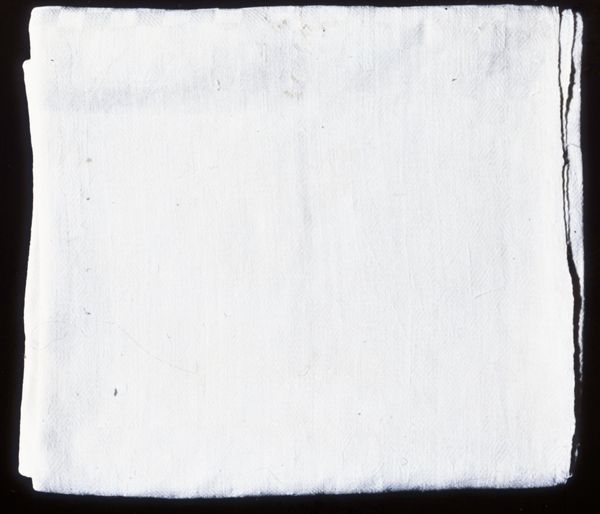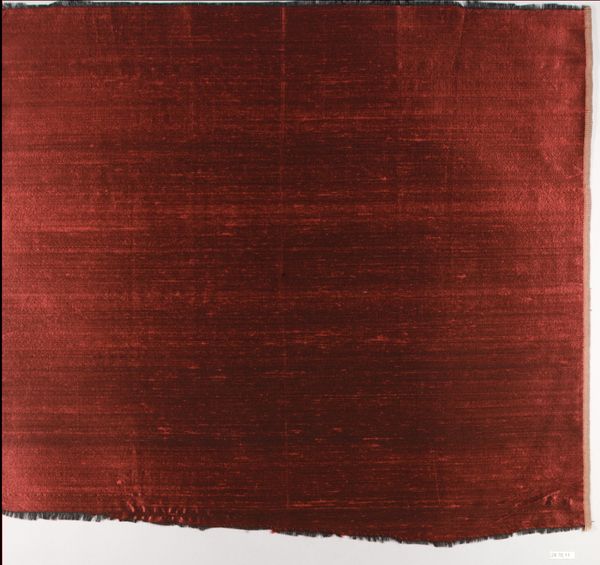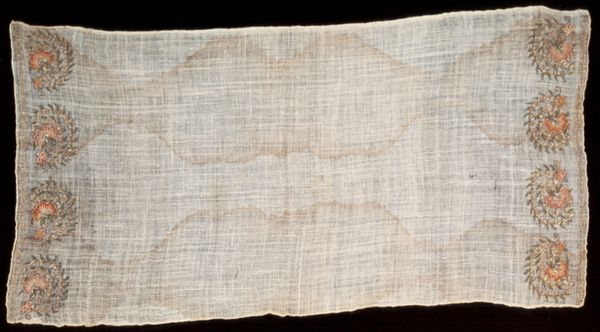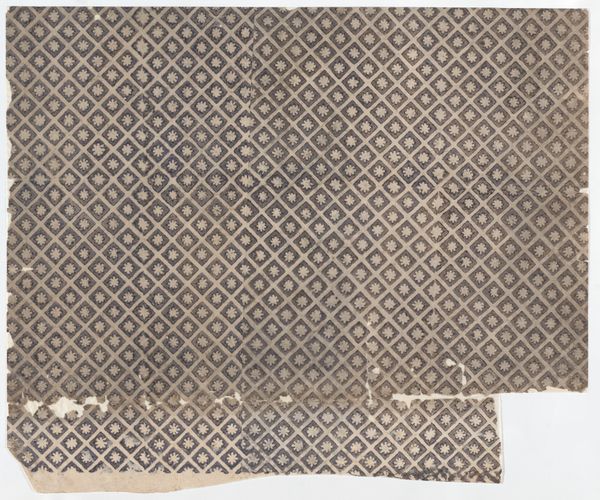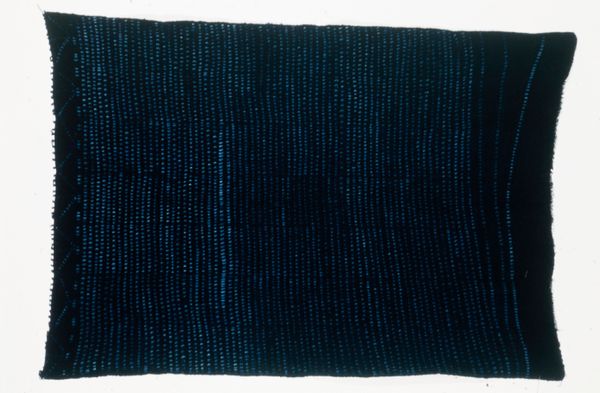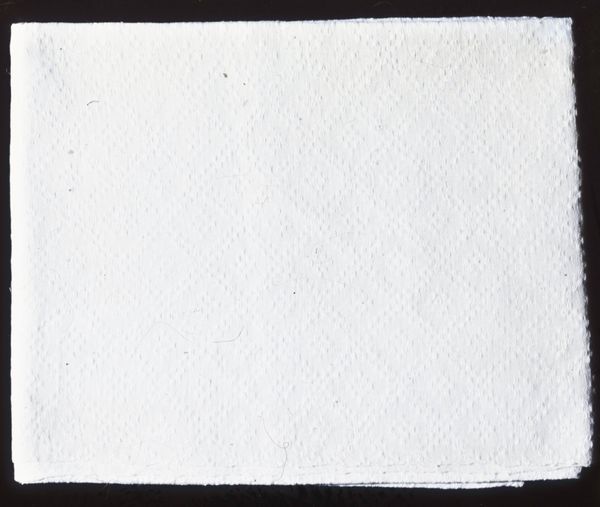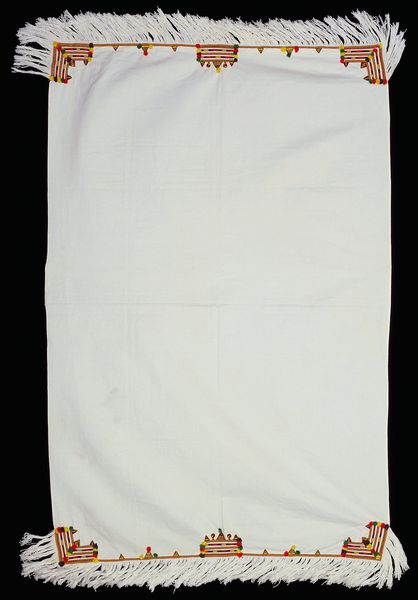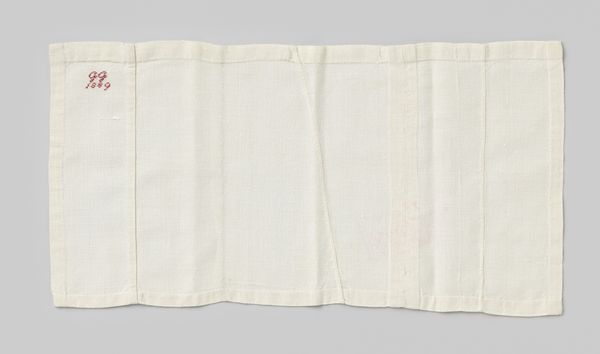
fibre-art, weaving, textile
#
fibre-art
#
weaving
#
textile
Dimensions: 67 x 62 in. (170.18 x 157.48 cm)
Copyright: Public Domain
Editor: This is an 18th-century Tablecloth from an anonymous maker, and it's on display here at the Minneapolis Institute of Art. Made of textile using weaving and fibre art techniques, it seems like such a simple thing, but the detail of the weave and the fringe is beautiful. How do you read this piece? Curator: For me, the real story here lies in the materiality of this object, the labor embedded within. Consider the raw materials – likely linen or cotton in this case – where did they originate? Who cultivated and processed them? This seemingly simple tablecloth represents an entire network of production and consumption. Editor: So, it's less about aesthetics and more about understanding its journey, its creation? Curator: Precisely. Think about the weaver, likely a skilled artisan. What was their social status? Were they part of a cottage industry, or working under a more formalized guild system? Each thread tells a silent narrative about the hands that shaped it. And of course, it's about the dinner tables in which it had served on. Who was consuming, and producing in turn. Editor: That really shifts my perspective. I hadn't considered the economic and social implications woven directly into the cloth itself. It brings such an intimate element of eighteenth-century lives. Curator: Absolutely. And it challenges us to re-evaluate the hierarchy between "high art" and "craft." This is not just a functional object; it's a testament to human ingenuity and a valuable historical artifact offering insights into the socio-economic conditions of its time. Now can you imagine where else we might consider labour that’s ‘hidden in plain sight’ around the museum? Editor: That's a really great question to ponder. Looking at art in terms of production and labour definitely makes it come alive. Curator: Agreed. Now that we’ve discussed materials, hopefully that shifts the narrative to what is considered valuable in museums.
Comments
No comments
Be the first to comment and join the conversation on the ultimate creative platform.
